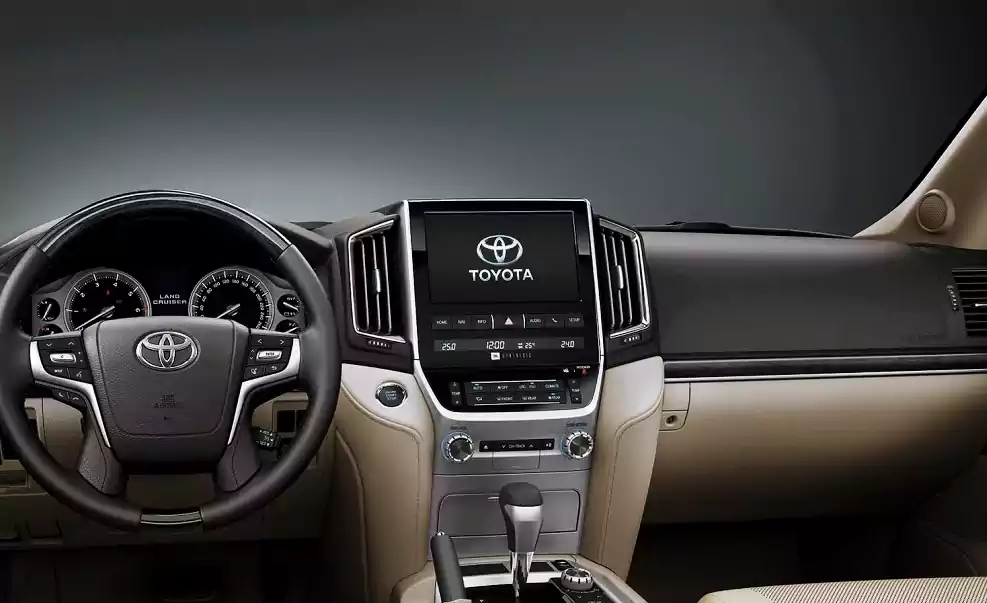Compared to conventional glass, auto glass is very different because it is made to absorb significant impact during accidents and keep passengers safe. Auto glass does not shatter into dangerous pieces like regular glass, which makes it pretty safe for vehicles.
Auto glass is powerful and responsible for 60% of the vehicle’s structural integrity in rollover accidents while absorbing 45% of the impact in head-on collisions. Cars without windshields tend to flatten in collisions, making them more likely to give way than those with glass. The glass in a car is also treated to repel dust, grime, and impact so that the driver’s view isn’t obscured by road debris.
This article will explain types of auto glass, their features, and how to determine which one is best for your vehicle and driving style.

Laminated glass is a special kind of safety glass with two or more layers of glass glued together with a polyvinyl butyral interlayer (PVB). Impact resistance is exceptionally good; the PVB layer keeps the fragments together even if the glass breaks.
Windshields made of laminated glass are ideal because they maintain their structural integrity in the event of an accident and still give drivers a good vision.

Tempered glass is a sort of safety glass heated to a high temperature and then rapidly cooled. The resulting glass’s impact resistance and strength are improved compared to conventional glass.
Tempered glass can break into smaller, less dangerous shards upon impact. Due to this ability, this auto glass is frequently used in side and rear windows.

Acoustic glass is made to lessen exterior noise transmission to the interior of a car. This type of glass typically consists of two or more layers of glass with a special acoustic interlayer that helps to absorb sound waves.
For this reason, acoustic glass is frequently installed in high-end automobiles and places with heavy traffic and road noise.

Tinted glass is made by adding a coating of tinted film. This glass is specifically designed to keep the interior of a car cooler in hot weather. The tinted film blocks glare and heat coming from outside.
Tinted glass is ideal for hot climates or regions with high levels of sunlight, as it reduces glare and heat transfer into the car.
Let’s have a quick look at the brief comparison of different types of auto glass:
| Types of Glass | Strength | Visibility | Soundproofing | Heat Reduction |
|---|---|---|---|---|
| Laminated Glass | Strong | Clear | Good | Average |
| Tempered Glass | Very Strong | Slightly Distorted | Average | Average |
| Acoustic Glass | Strong | Clear | Very Good | Average |
| Tinted Glass | Average | Slightly Distorted | Average | Very Good |
All in all, it is important to choose the right type of auto glass to keep the passengers safe and comfortable. Call us to learn about the auto glass we use and get a free quote for your work. Our professionals will guide you to pick the right one for your vehicle.
Copyright © 2025 AutoGlassCanada All Rights Reserved. Design & SEO By VMWebs Enterprise Ltd